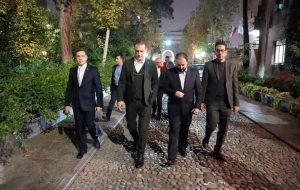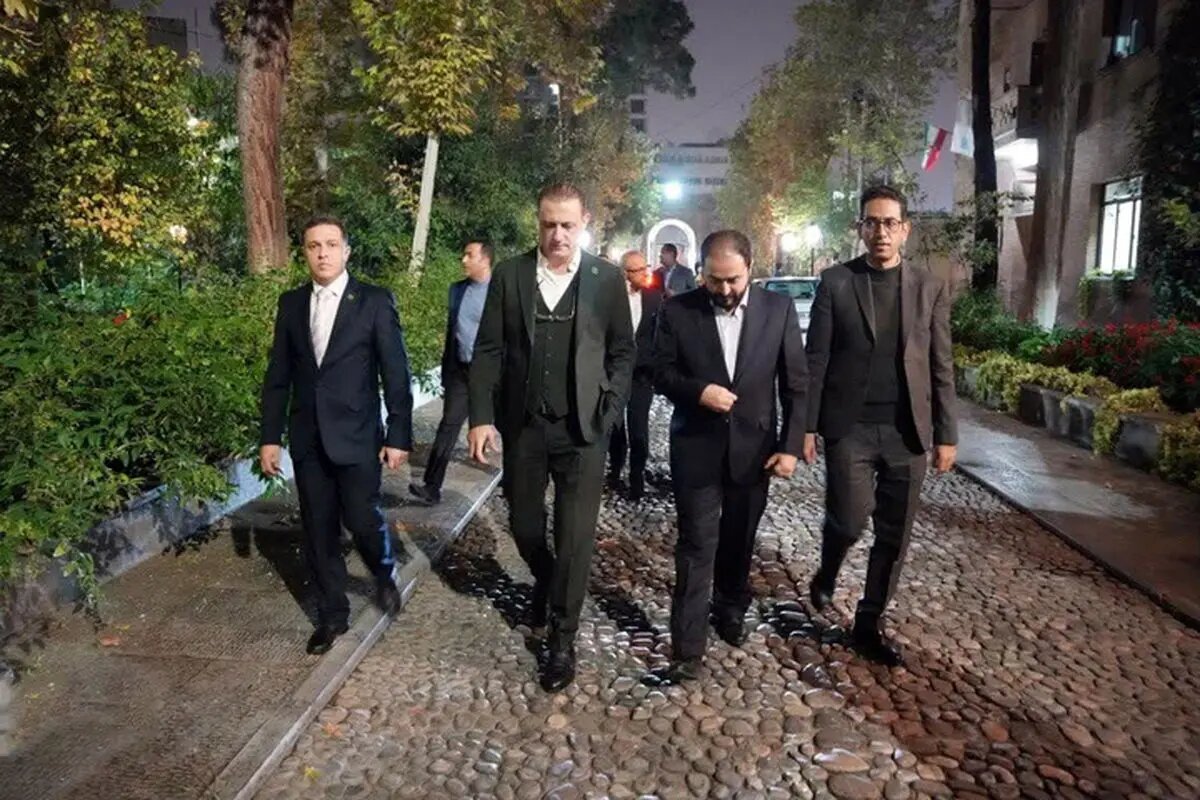Arab Union for Handicrafts explores collaboration with Isfahan following national exhibition visit
TEHRAN – A delegation from the Arab Union for Productive Families and Handicrafts has visited the ancient city of Isfahan as part of their official trip to Iran, following their participation in the 37th National Handicrafts Exhibition in Tehran. While in Isfahan, the delegation explored the city’s rich cultural heritage and artisanal workshops, marking a


TEHRAN – A delegation from the Arab Union for Productive Families and Handicrafts has visited the ancient city of Isfahan as part of their official trip to Iran, following their participation in the 37th National Handicrafts Exhibition in Tehran.
While in Isfahan, the delegation explored the city’s rich cultural heritage and artisanal workshops, marking a significant step toward fostering stronger ties between Iran and the Arab world, ILNA quoted Isfahan province’s tourism chief as saying on Monday.
Organized by the Ministry of Cultural Heritage, Tourism, and Handicrafts, the delegation’s itinerary included meetings with local officials and artisans in Isfahan, widely regarded as the heart of Iranian handicrafts, Amir Karamzadeh added.
The delegation led by the union’s director Muhammad Abdul Baset Al-Qadah also discussed a range of issues with a number of cultural heritage officials, Isfahan’s chamber of commerce, and members of the handicrafts union of the ancient city, Karamzadeh said.
“Isfahan province boasts over 68,000 experienced artisans and nearly 200,000 handicraft workers, operating in 600 collective workshops and 15,000 independent workshops across 29 cities.”
Their visit to the Islamic Republic culminated in the signing of an agreement between the union and the ministry aimed to enhance cultural and economic collaborations, focusing on the promotion and exchange of traditional crafts across borders, Karamzadeh said.
A city of historical significance
The ancient city of Isfahan, situated at the crossroads of Iran’s north-south and east-west trade routes, reached its zenith between the 9th and 18th centuries. During the Safavid era, it became Iran’s capital under Shah Abbas the Great. Renowned for its Persian-Islamic architecture, the city is home to historical landmarks such as Naqsh-e Jahan Square, a UNESCO World Heritage site.
Moreover, the ancient city was once a crossroads of international trade and diplomacy in Iran and now it is one of Iran’s top tourist destinations for good reasons. It is filled with many architectural wonders, such as unmatched Islamic buildings, bazaars, museums, Persian gardens, and tree-lined boulevards. It’s a city for walking, getting lost in its mazing bazaars, dozing in beautiful gardens, and meeting people.
The Persian proverb “Isfahan nesf-e-jahan ast” (Isfahan is half the world) reflects the city’s cultural and historical prominence.
AM
